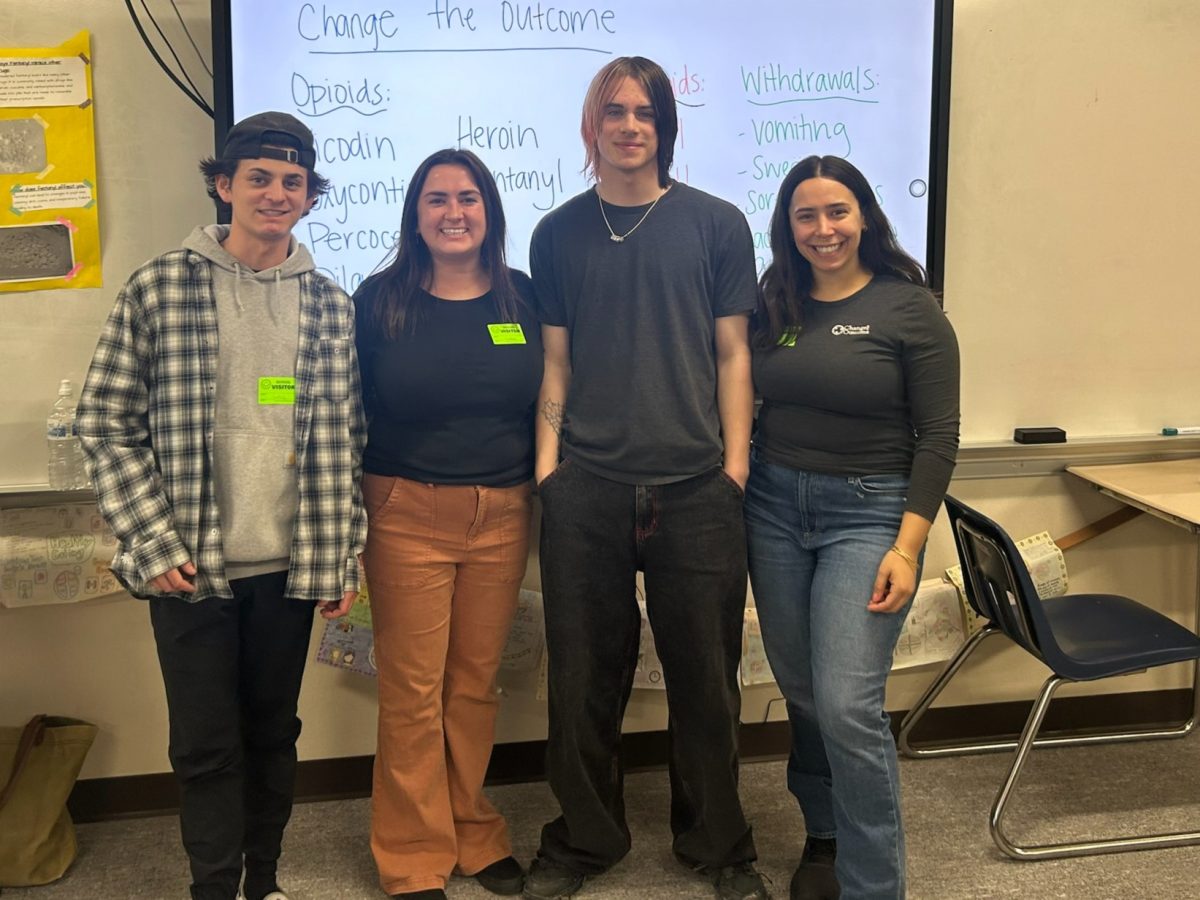In Austin, Minn., Hormel is king.
In the heart of the city’s business district — perhaps more aptly named the Hormel district — lie two corporate offices, a company warehouse and the world-famous SPAM museum.
But there is one building with the Hormel name that isn’t quite like the others.
The University’s Hormel Institute, a cancer research facility, is adding a new building that will double the institute’s size and allow for 100 new research and support positions.
Although the groundbreaking ceremony for the $20 million project took place in August, delays have prevented construction until the last couple of weeks, said building coordinator Craig Jones.
“We’ve been trying to get our ducks in a line, so to speak,” he said. “Monday, we’re supposed to start digging the hole.”
The construction project, Jones said, is set to be completed in two phases. The first encompasses the new building, slated to be finished this time next year, followed by a renovation of current facilities, which should wrap up in April 2008.
When completed, the 47,150 square-foot, two-story structure will house 20 research laboratories, Jones said.
Researchers need the facility because the current building, which has stood for more than 40 years, no longer meets contemporary research standards, said Dr. Zigang Dong, the Institute’s executive director.
In recent years, securing federal grant money for research has become an increasingly competitive venture, but Hormel has still managed to triple its funding, Dong said.
“That’s why the current space is not enough,” he said. “We need to have more laboratory space to host research.”
Besides increasing its own research potential, the larger institute will benefit the University as a whole, said Tim Mulcahy, University vice president for research.
“Their faculty bring in a lot of research grants, and right now they’re just limited by the physical capacity they have,” he said. “We’d expect that their continued success is only going to help us in our goal to become No. 3 (in research worldwide).”
From organic compounds to cancer
The Hormel Institute debuted Nov. 20, 1942, when the University and the Hormel Foundation, a charitable organization established by Jay Hormel ñ son of Hormel Food Corporation’s founder ñ combined to form the research center as an extension of the University’s graduate school.
“(Jay Hormel) wanted to have a medical research institute in his hometown,” Dong said.
Initially, the burgeoning research center focused on organic-compound research, and over time, it became internationally recognized.
But, as cancer has become a more prevalent issue in American society, the center switched its focus to help combat the disease, Dong said.
“In the last year, death due to cancer has already surpassed heart disease as the No. 1 killer in the United States,” he said.
And although the institute shares the Hormel name, it is a part of the University and is completely separate from the business, Dong said.
The Institute is like any other department on campus, Mulcahy said.
“In essence, you can think of them as a distant department,” he said.
The biggest giveaway of the Institute’s affiliation might be the small dark-brown sign, topped by the maroon University label found outside campus buildings statewide.
Tumors
Down a long corridor in a basement laboratory, Institute researcher Dr. Soner Dogan sat at his work station Wednesday, dissecting a mouse.
Dogan, a University alumnus with a degree in animal science, is studying the effect of caloric restriction on tumor development.
“We have already shown that obese people are at much more risk to get cancer,” Dogan said.
The mouse splayed open in front of him, Dogan said, is from one of three groups, each on a different diet.
One group is allowed to eat as much as it wants, while a second is on a strict diet, he said.
Dogan also administers a diet intermittently to the third group of mice. The mice diet for three weeks, followed by three weeks without eating restrictions.
“It’s like in college, when right before spring break everybody goes on a diet,” he said. “But then after break they don’t anymore.”
Interestingly, Dogan said, he has found the fewest tumors in mice whose caloric intake is only partially restricted – even less often than in the group that is always dieting.
For more information, go to: www.hi.umn.edu
By examining the process by which proteins in fat interact within the body, he said, scientists can learn how they cause tumors, and might be able to create drugs to treat or event prevent cancer.
















